iUTAH Undergraduate iFellows
Week 8 Recap
July 3-7, 2017
Chase Beyer
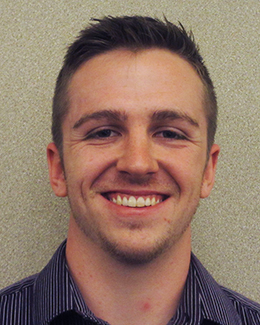
Simulating rain events on a small patch of roof is not quite as easy as I thought it would be. To gather more detailed data for the pump house roof, I have been using a backpack sprayer to spray water onto a metal portion of the roof and the photovoltaic cell and collecting samples from each surface. This requires 7.14 gallons of water and two nearly full sprayers. Standing on a ladder in the middle of a day pumping a heavy sprayer strapped to your back is not fun at all. However, this simulation has answered some interesting questions I've had. For this week's cohort meeting, we gave our preliminary poster presentations. I was nervous for mine, but I received some very positive feedback. We also went to the Red Butte garden area to check out the dam there, which was AMAZING! The day was blazing hot, but being able to check out the dam up close and checking out the control room was really worth it.

Reservoir from top of dam
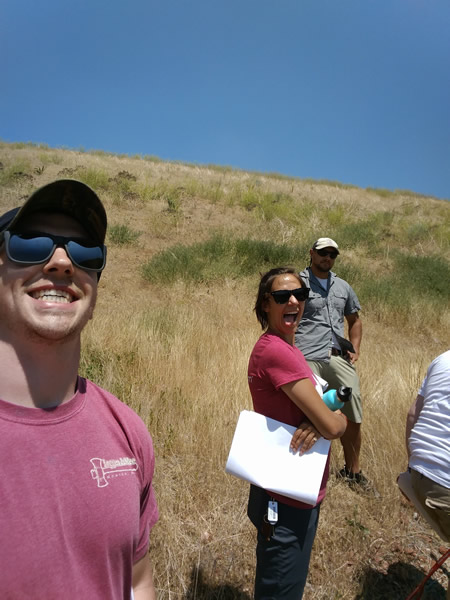
Being weird
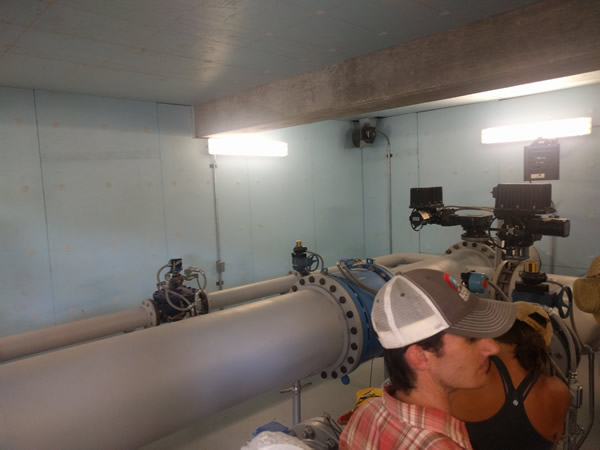
Dam control room
Lindsay Capito
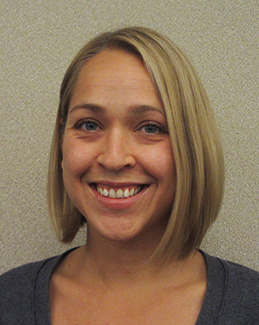
This week was spent fiddling with graphs and figures for the poster presentation. I am using GIS for mapping and analyzing measured conditions and then comparing them to modeled predictions. My ArcMap skills proved a bit dustier than I thought, but after several failed attempts at importing xy data and several Youtube videos later… success! The cohort meeting went really well and I received some useful feedback on the design of my poster. Presenting to the group also helped me see the areas I’m not as comfortable talking about and still need practice with. Looking forward to the symposium.
Maggie England
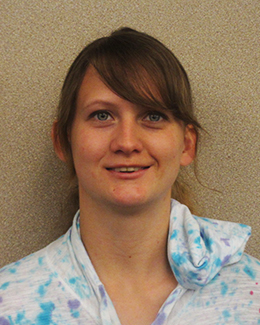
Last week I was working with Andy on our data analysis some more. I gathered all of the GAMUT data from Hydroshare that we needed, and organized it for analysis along with our bird data. We met with Susan Durham again to discuss data modeling for the GAMUT data. I also fixed up my poster draft and set it up for the Cohort Session on Friday.
Christian Ford
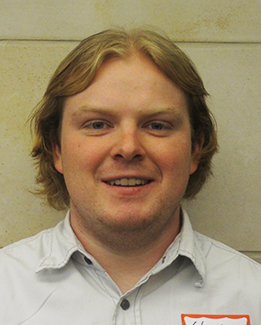
As far as my iUtah experience this week, I was able to practice presenting my poster a couple of times. I was able to have a practice presentation with my mentors research group (which includes 2 individuals with a doctorate degree and 3 masters students). I was given valuable feedback and able to make a lot of meaningful and important changes to my poster before another practice presentation at the iFellow cohort session on Friday. The iFellows and iUtah staff were again able to offer me useful suggestions to make my poster more concise and consistent. I was grateful for this feedback.
At the cohort session we also took a field trip to Red Butte Creek Canyon, which is actually closed to the public because it has been deemed a scientific research area. This means the nature is barely disturbed and in its natural form. You definitely felt the sense of exclusivity, knowing some people will never get the chance to see the canyon we were in. We had a guided tour of the dam and its facilities. It was a very interesting experience. We were accompanied by different people from the Salt Lake City Mayors office and Utah Division of Water Resources. We were able to see different monitoring techniques of the dam water. One monitoring technique we saw was a piezometer. This well and drop-sensor allowed them to gauge the amount of leakage in the dam itself. We were also able to physically see the leakage that seeps through the ground as a water flow in a hole further down the dam embankment. They also showed us the dam controls and how they can allow more or less water to flow from the reservoir. All together it was a fun and interesting field trip!
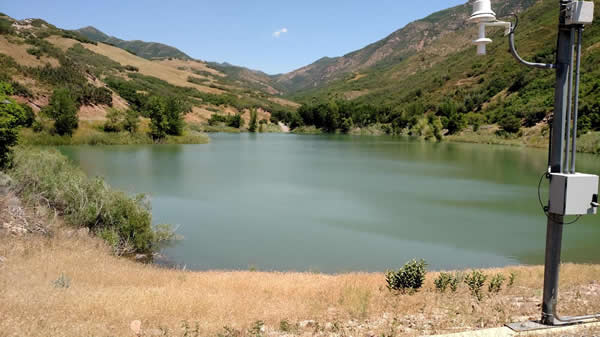
Red Butte Creek Reservoir
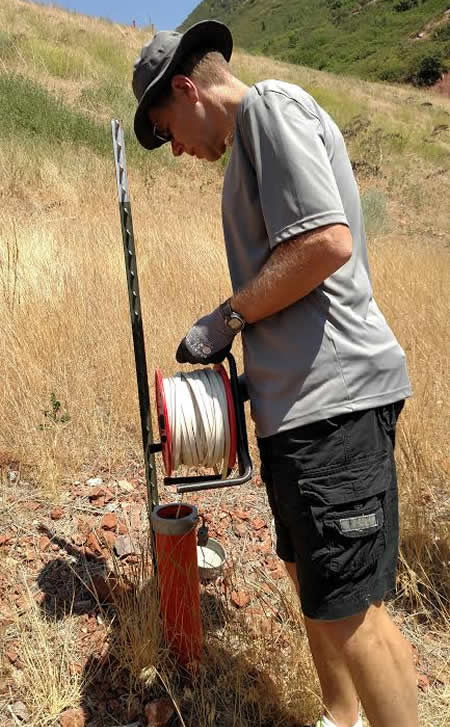
Demonstration of how to use and understand a piezometer
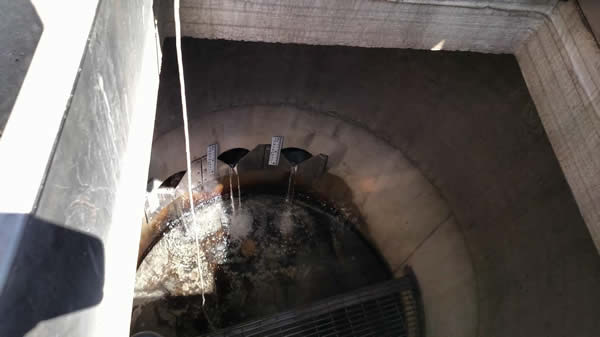
Red Butte Dam leakage
Michael Fowles
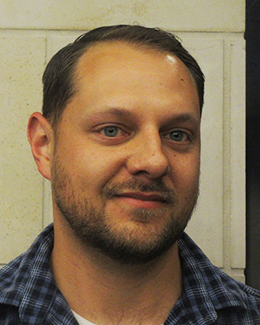
Most of the week was spent analyzing data collected in the field throughout May and June. I also got a draft of a research poster completed and got some valuable feedback from other iFellows in preparation for the iUTAH symposium next week.
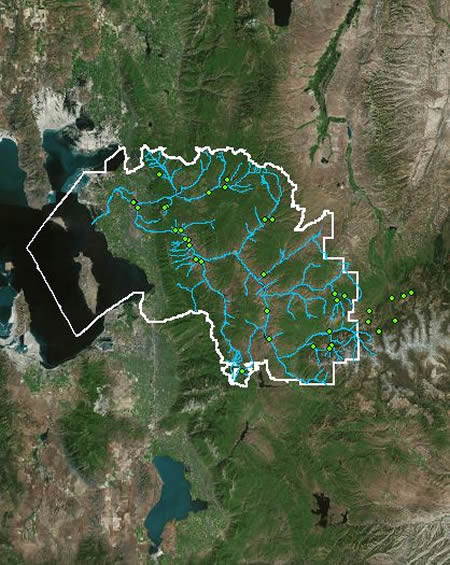
GIS map of the Weber watershed extent, sites visited and stream network
Emily Jorgensen
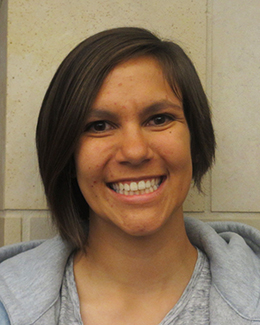

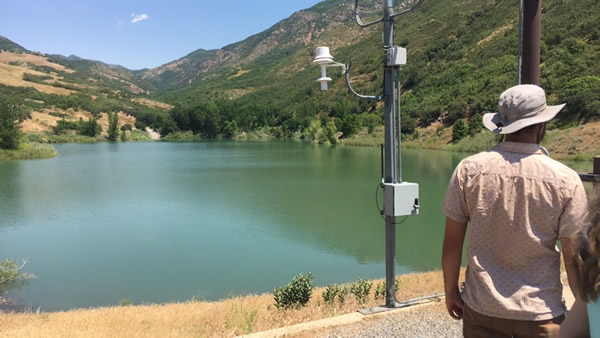
Both pics are from our field trip up to Red Butte Creek Dam in Salt Lake City
Andrew Luymes
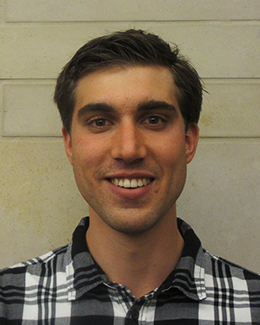
I have never spent so much time in a lab than this past week. Everyday I would wake up at 7am and get to the lab by 8am, and not get home till 8pm or later. The longest day being 8am-11:30pm. With all my soil and plant tissue samples finally dried and ground it was time to finally start analyzing. For the soil samples I have decided to test for: Texture, organic matter, nitrate, pH, electrical conductivity, total carbon, and a total ICP-OES test. For my plant samples I am testing for: total carbon and nitrogen, and running a plant nutrient test on the ICP-OES.
After four long and hard days in the lab, I finally had some results that I could work with in preparing my rough draft poser. Although i'm still not done with the analysis phase, It feels good to have a couple graphs that I can look at. So far from what I have seen, there is a noticeably higher concentration of soil organic matter near the Soapstone campsite. Since OM significantly influences mercury and strontium in the biosphere, it is possible that this area may be holding more of the trace metals and will need more attention for future sampling.
Rosanise Odell
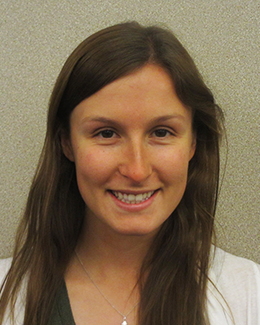
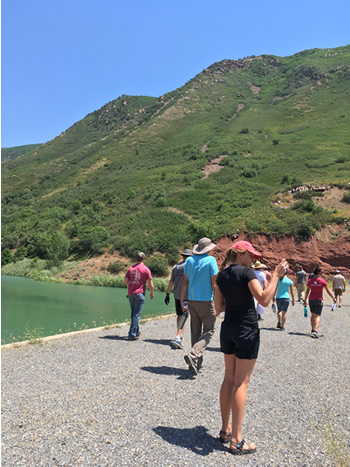
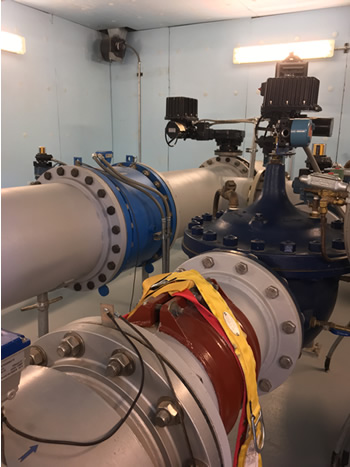
We went up to Red Butte Canyon at the iFellow Cohort session this week, here we are standing on top of the dam and walking to look at the emergency spillway (left).
There is a diversion station with pipes that direct the water from the dam to different creeks/rivers (right).
Gabrielle Regenhardt

Agatha Roese
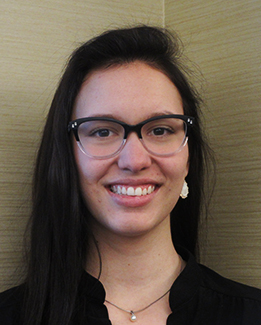
Eric Shipp
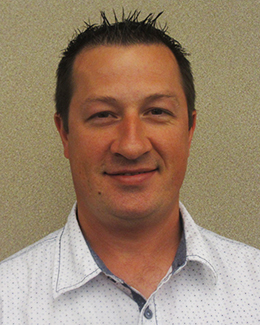
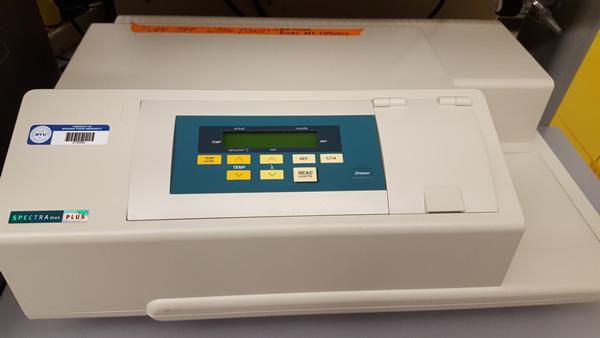
Our spectrophotometer
Jared Stewart
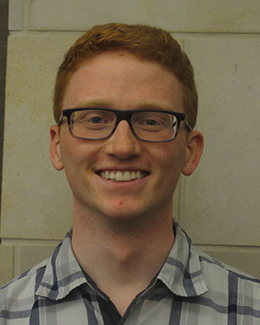

NWS weather forecasting maps
Arin Towns
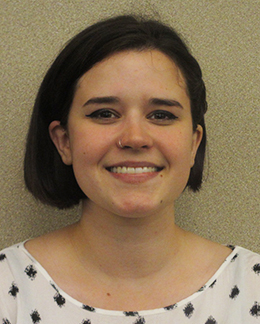

me and Nikki Quinney (employee of the UWRL) at Spawn Creek
Conor Tyson
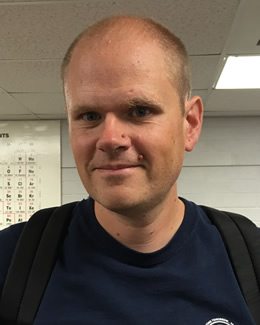
On Wednesday I met with two others at 7am to go out to the field and set up the irrigation sprinkler. We also took water samples, set out collection containers, and set up air monitoring equipment to monitor air particles from the sprinkler. We were out for several hours taking samples, then left with most of the equipment around lunch time. The sprinkler we left running as a 12 hour run was needed. That afternoon I helped Chase simulate a rain event on a roof and prepared more sample containers for me experiment. That evening I went out at 7pm with some others to collect the sprinkler and obtain and process my first plant sample.
Thursday morning I again went to the field to take my second plant sample. After processing it I spent the rest of the day preparing containers to take samples all weekend. I also took measurements of the samples already taken. I read micro results on the water that afternoon, and on my plants at 9pm.
Friday after returning to Logan I again went out to collect more plant samples and process them. I will have to do the same process on Saturday and Sunday in order to get my daily samples for my study.
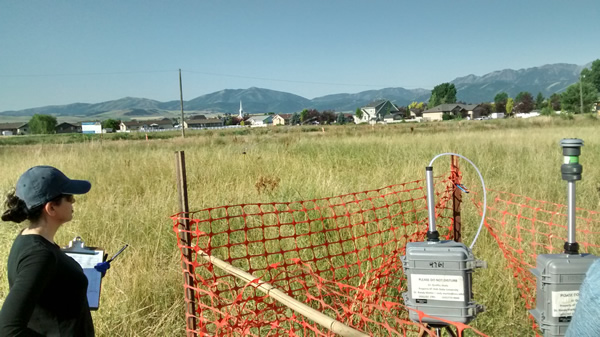
Dr Irrigating the field and monitoring the air sampling equipment with Leila, a postdoc at USU.
Desiree Wickwar
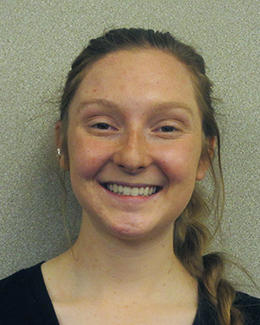
Also during the cohort session this week, we got to go out the area of Red Butte Canyon that is cut off from public access and used to research only. I did not even know such an area existed so it was interesting and encouraging to see conservation and research efforts so close to the valley. We also got to see the dam that is in the canyon. We not only got to see the surface of the dam and the spillway, but also its inner-workings and plumbing that controls the flow and protects the valley from flooding should it be breached. It is easy to forget how much technology and manpower goes into maintaining not only that dam, but all of the dams and other forms of infrastructure that are essential for managing water here. Today was a good reminder of just how much goes on behind the scenes.
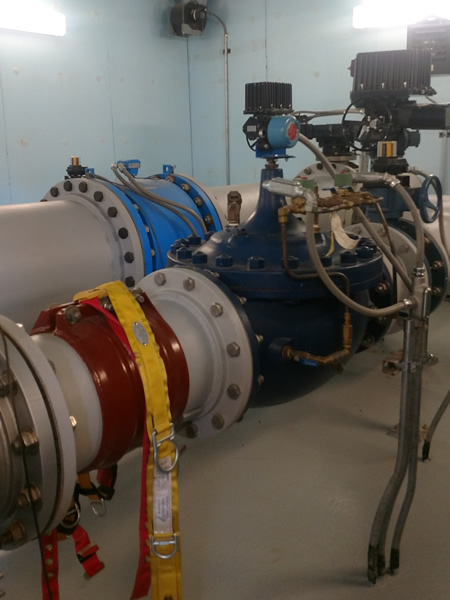
Inside of the control room of the Red Butte Dam.
All content provided on this iUTAH Team - Undergraduate iFellows weekly recap is unedited, updated by each participant to provide a review of their progress, and is for informational purposes only.


